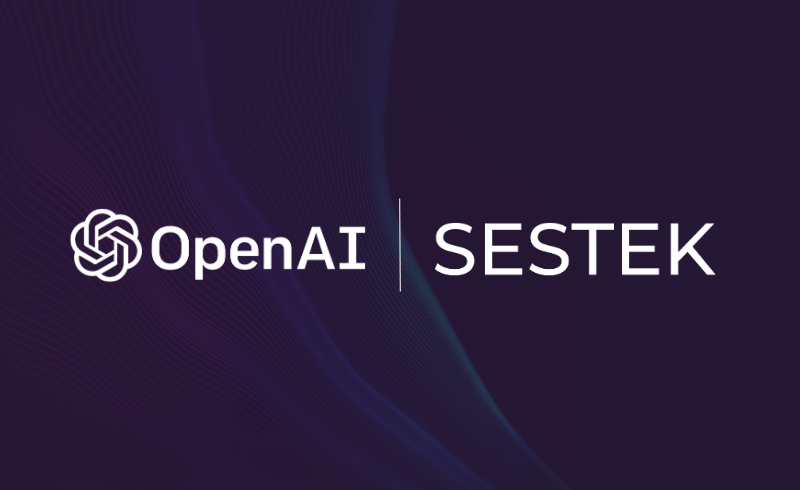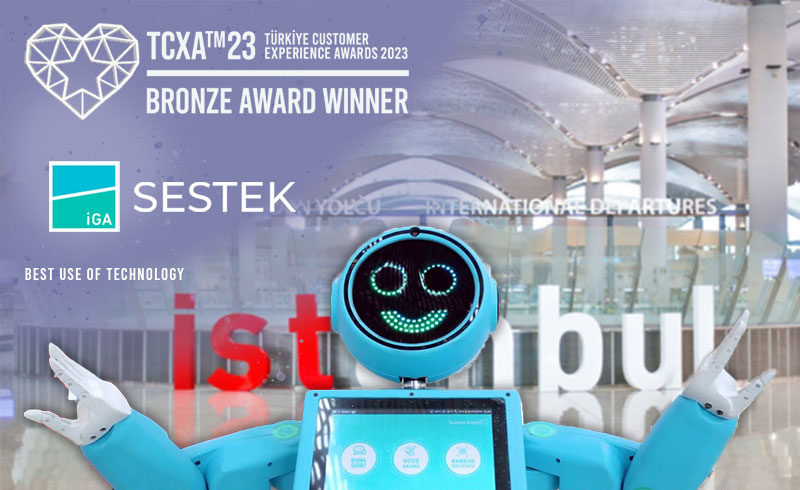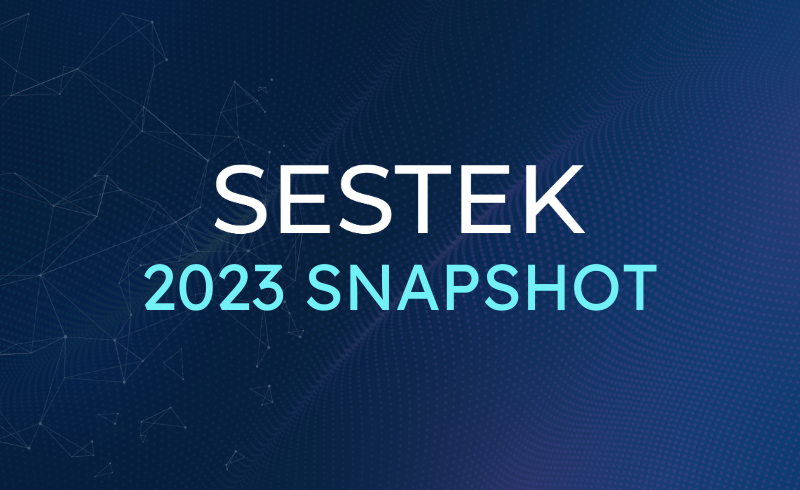In today's fast-paced customer service, quick and accurate responses are vital. While this can be overwhelming for call center staff, virtual assistants step in as great help. Although they surge the self-service automation, not all virtual assistants are created equal. Some are like self-service superstars meeting any customer need flawlessly; others might struggle to handle even the most basic tasks. The secret behind this difference lies in intent recognition technology, which acts as the brain behind the scenes. In this blog post, we will explore intent recognition technology and why it is vital for modern customer service.
What is Intent Recognition?
Intent recognition is all about figuring out what the user wants to accomplish when they speak or write. This technology uses machine learning (ML) and natural language processing (NLP) to connect what's meant with a specific goal. So, you can think of intent recognition as the process of understanding why someone says or writes something.
Intent Recognition vs. Speech Recognition
Intent recognition and speech recognition are two related fields in NLP. Intent recognition determines what user means or wants when talking or typing, while speech recognition transforms spoken language into text. They have different jobs, but when used together, they make smart conversational AI that understands what the customer says and why.
Why is Intent Recognition Crucial for Businesses?
Intent recognition is a game-changer for businesses, especially in the customer service vertical. It understands what customers want, streamlines processes, and boosts satisfaction. This tech is used in chatbots, virtual assistants, and voice IVRs, making them more effective and user-friendly. It empowers businesses to offer personalized and efficient service, simultaneously reducing costs, all of which contribute to maintaining a competitive edge in the market. It's like a secret weapon that makes customers happy, saves money, and keeps businesses ahead of the game.

Figure1: Associated Tasks by LLM Models Using Customer Interactions
SESTEK vs. OpenAI Intent Recognition Comparison
At SESTEK, intent recognition is central to our self-service solutions. This technology enables our systems to understand customers' needs and guide them effortlessly. To ensure enhanced customer service, we continuously fine-tune our intent recognition technology. Unlike older methods, mostly relying on keyword matching, we use state-of-the-art transformers that understand the relation between words and sentences. This makes our systems easier to design and even faster in action, unlike the older methods, which make it harder to design and cause lower performance.
It's important to gauge where we stand in the competitive landscape to keep pushing the boundaries of our technology. That's why we eagerly took on the challenge of comparing ourselves with OpenAI, a standout competitor known for its recent strides in the dynamic field of generative AI.
The table below shows a side-by-side comparison of our embeddings and those of OpenAI for intent detection tasks. Let's clarify it: intent detection models rely on text embeddings. These are like special codes that turn sentences into numbers, making it easier to find similar meanings. Think of it as giving each sentence a unique 'fingerprint.' When sentences have similar fingerprints, it means they're saying something alike.
OpenAI has shown notable proficiency in text generation, indicating its strength in understanding written content. As the table below shows, OpenAI attains an impressive 88% accuracy in grasping English text. Similarly, SESTEK closely matches this achievement with an 87% accuracy rate. This highlights the effectiveness of SESTEK's intent recognition technology, guaranteeing high-quality self-service solutions for our valued customers.

Figure 2: The success of our intent recognition accuracy relies on our 20+ years of expertise in voice technology, customer service vertical and the hard work of our talented team of R&D engineers.
Ready to elevate your self-service solutions?
Intent recognition is a pivotal technology that empowers customers to effortlessly access the services they require through natural conversations with different systems. If you want to understand your customer's needs better and enhance their experience, SESTEK is your perfect partner. Reach out to us, and let's explore how our cutting-edge technologies can elevate your customer service to new heights.









